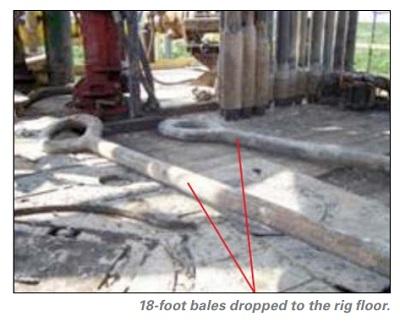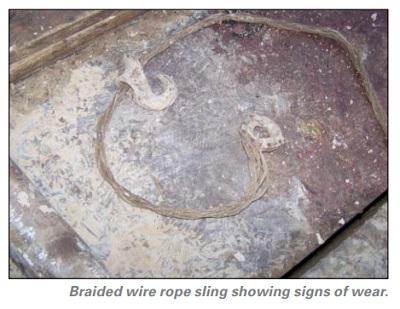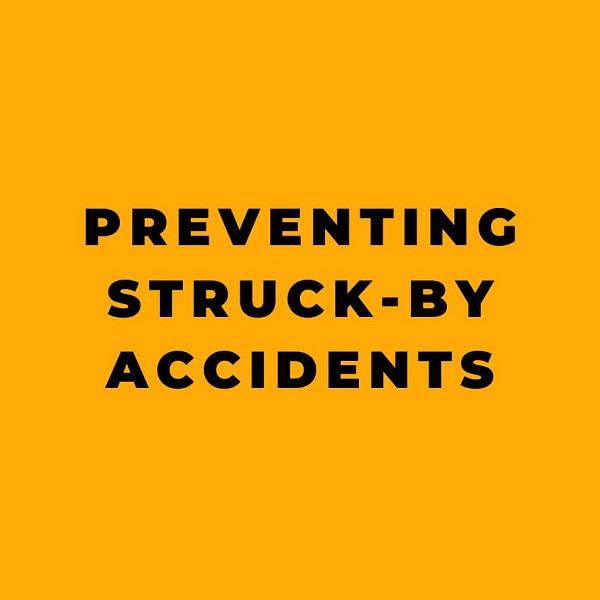Introduction
Occupational accidents resulting in injuries or fatalities continue to be an unfortunate reality across many industries. Understanding how these incidents occur and what preventative measures can be implemented is critical for improving workplace safety. This article analyzes a specific accident that resulted in a fatality on an oil rig site and extracts key learnings that can help reduce risk and prevent similar occurrences.
The Accident
On the day of the incident, two large 18-foot bales weighing 2,600 pounds each were being lifted onto the oil rig floor using an air hoist and a wired rope sling. As the bales were lowered, two workers attempted to maneuver them into position by hand. However, the bales struck the floor, dislodging the sling and causing the bales to fall directly on the workers. One worker suffered fatal injuries.
Several factors contributed to this incident:
- Workers were positioned dangerously close to a suspended load and within its expected drop zone. Remaining clear is vital for avoiding crush injuries or blows from falling objects.
- The rigging setup allowed the sling to detach after impact with the floor. Secure rigging is essential for maintaining control over loads.
- No tag lines were used. Tag lines help regulate loads and keep workers at a safe distance during positioning.
- Sudden acceleration or deceleration during hoisting can destabilize loads and sling attachments. Gentle maneuvering is key.
By identifying these failure points, we can shape better practices around hoisting and lifting to create safer rig site conditions.


Applicable Safety Standards
Several OSHA standards apply to preventing such lifting and hoisting accidents:
- 29 CFR 1910.184(c)(9) mandates keeping workers clear of suspended loads with established drop zones.
- 29 CFR 1910.184(c)(6) requires slings to remain securely affixed throughout lifts via proper load rigging techniques.
- Tag lines must be used to maintain control of loads and protect workers per best practices.
- 29 CFR 1910.184(f) necessitates inspection protocols for slings and immediate removal of damaged units from operation.
Violations of these standards considerably increase fall and crushing hazards. Facilities must develop comprehensive lift plans addressing these risks per OSHA regulations.
Key Accident Prevention Measures
Implementing preventative actions can help avert recurrences:
- Demarcate load drop zones that workers cannot enter during hoisting.
- Inspect slings thoroughly before each use and ensure secure rigging that will withstand impacts.
- Use tag lines when positioning every load and train workers on proper techniques.
- Hoist/lower loads at slow, steady paces without sudden motions.
- Remove damaged slings from use immediately after comprehensive inspections.
- Provide worker training on safe load handling, hazard awareness, risk avoidance, and related topics.
A combination of engineering controls, safer processes, and human factors helps circumvent accidents akin to this incident.
Conclusion
This occupational fatality represents an archetypal rig site lifting accident driven by safety oversights and lack of training. The case study encapsulates vital lessons regarding hoisting hazards and reaffirms why consistent adherence to safety protocols is non-negotiable across the oil and gas industry. Only diligent risk management practices can prevent such fast-developing yet avoidable incidents that destroy workers’ lives and livelihoods. Dedicated safety leadership, multifaceted prevention programs, and a cautious site culture focused on workers’ wellbeing are instrumental for avoiding catastrophes. This necessitates engagement across all levels to proactively control hazards before they culminate in tragic consequences. By internalizing the insights from this incident and aligning operations with OSHA guidelines, worksites can foster resilience against occupational accidents to achieve their true safety potential.
References:










